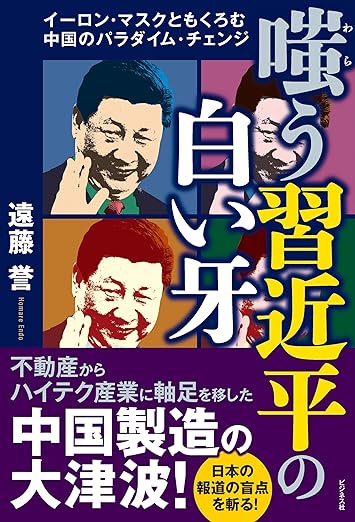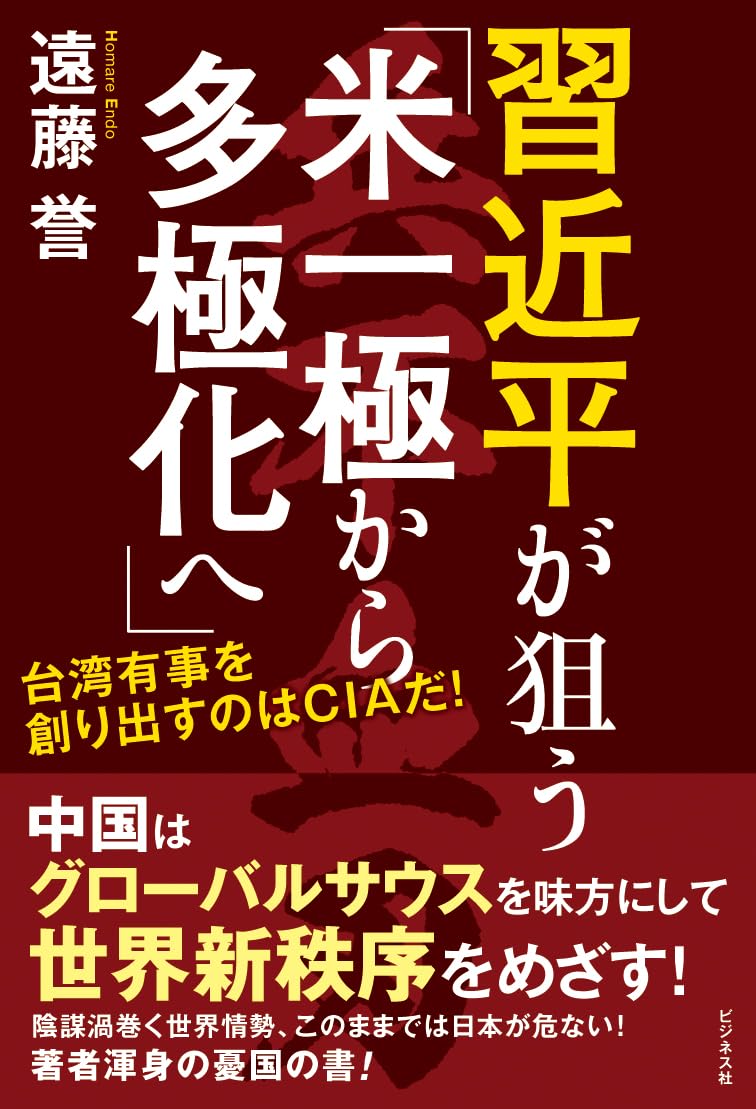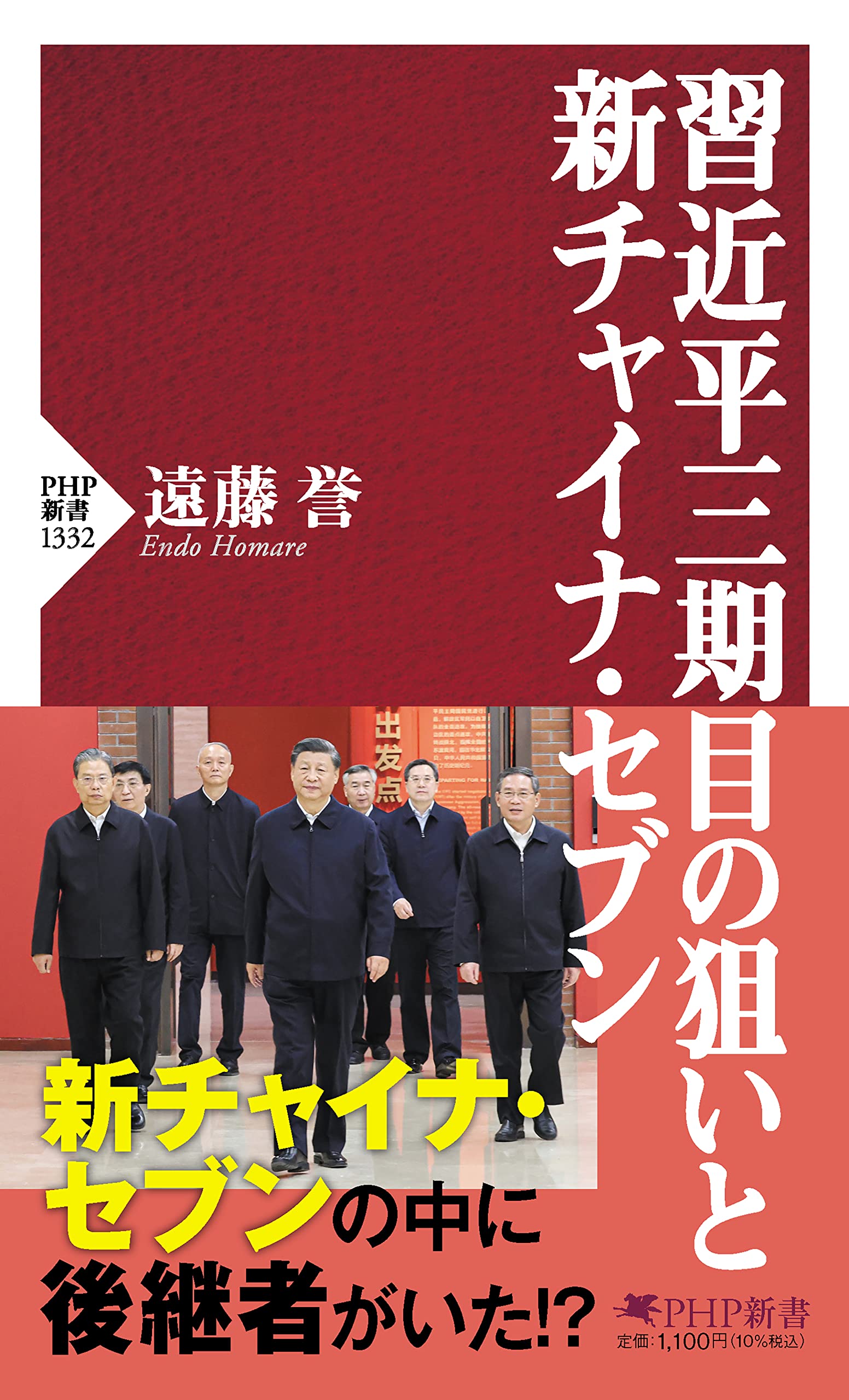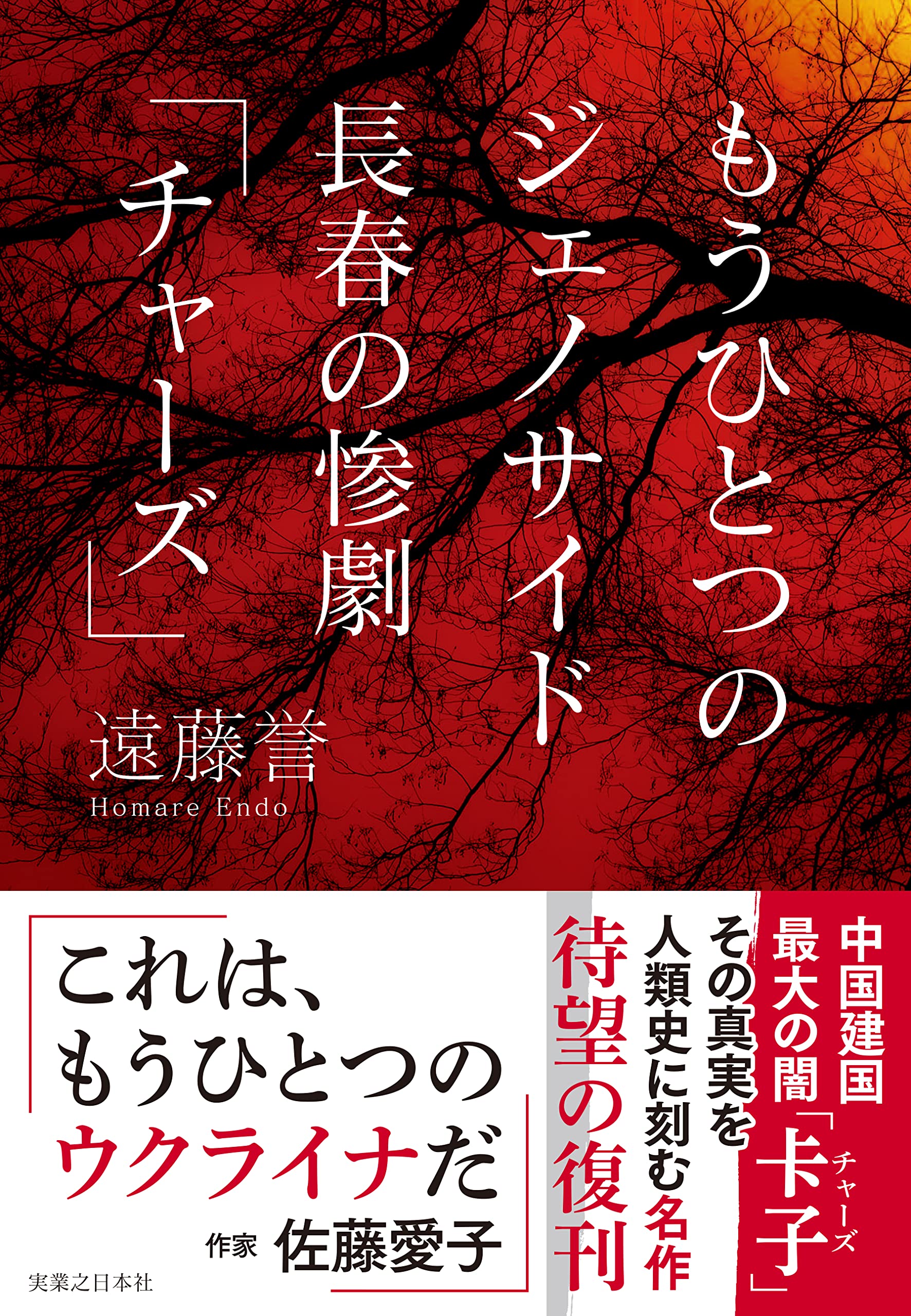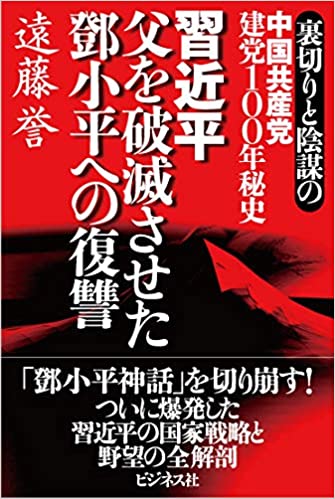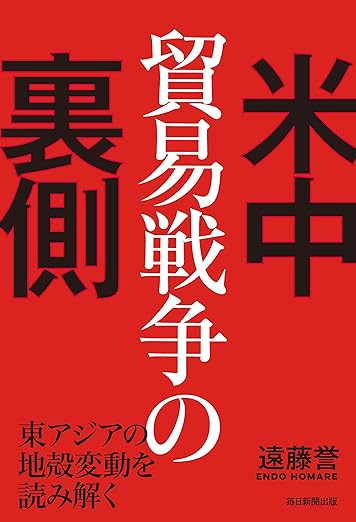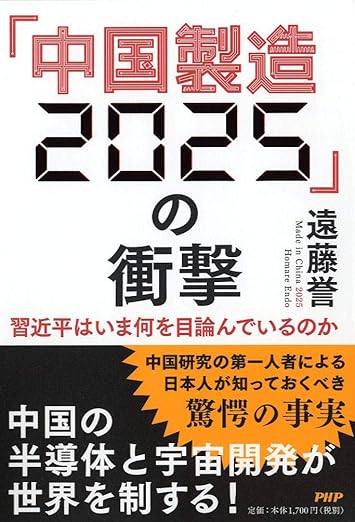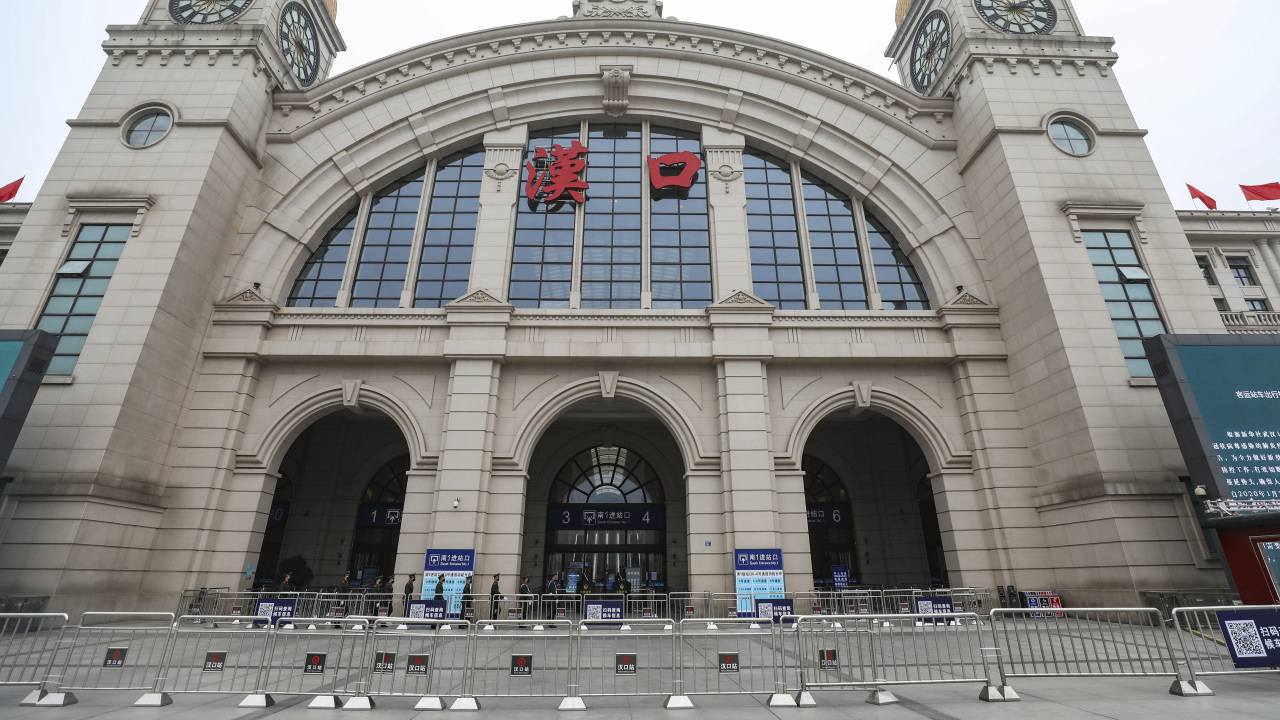
Top leaders of the city of Wuhan in Hubei Province held a press conference on January 26 and ended up lambasted by Chinese citizens as “sloppy,” “incompetent,” and “irresponsible.” The central government has not deleted the public display of outrage online, begging the question of whether they agree. It appears that the regional and central governments are passing the blame back and forth.
◆Citizens’ anger at the “foolishness” exposed in Hubei Province and the city of Wuhan
The provincial governor of Hubei and the mayor of Wuhan held a press conference on January 26, the first since the outbreak of the 2019 novel coronavirus. It has been said that the coronavirus originated from a seafood market where wild animals are sold in Wuhan.
Netizens thought perhaps the provincial government was going to apologize, but instead of calming the Chinese people, the leaders, in netizens’ words, approached the “mouth of the volcano”—the Chinese internet about to erupt.
Below is one of the photos of the press conference taken with a smartphone, in which a Chinese netizen scribbled disapproving remarks over the officials and posted it on the internet. The red text is what was written by the poster.
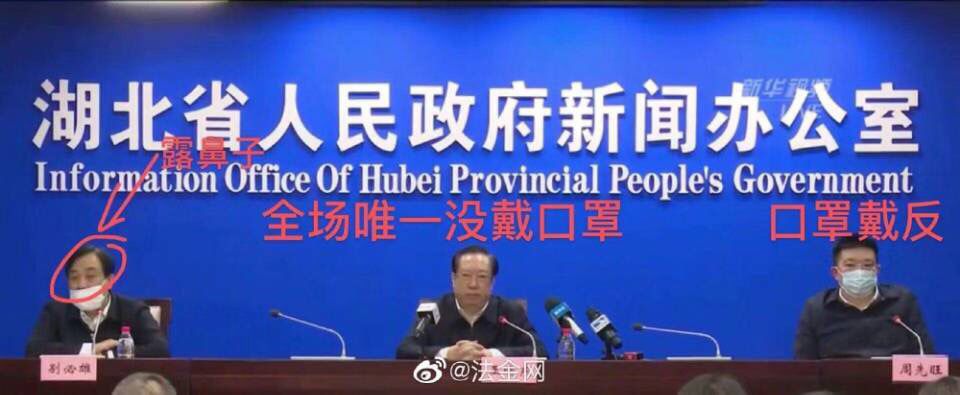
●Hubei Province Committee Secretary of the Chinese Communist Party Bie BiXiong (left) was wearing a mask without covering his nose, despite all government bodies, including the state broadcaster “CCTV” under the jurisdiction of CPC central, constantly reminding citizens that they must not wear face masks this way. Mainland netizens were the first to point it out, writing, “Why on earth is he wearing his mask like that?!”
●Governor of Hubei Province Wang Xiaodong (center) didn’t even wear a mask. The netizens commented that he “was the only person at the venue not wearing a mask.” Chinese citizens all across the country, not just in Hubei, have been wearing masks everywhere and found themselves flabbergasted that the governor of that province had appeared at a press conference crowded with people, without wearing one, despite citizens explicitly being told to wear masks in order to prevent further spread of the coronavirus, especially in Hubei. To netizens, it was another step toward the “mouth of the volcano.”
●Mayor of Wuhan Zhou Xianwang (far right) wore his mask upside down and inside out, which also became a focus of rebuke and ridicule.
The mayor of Wuhan has been drawing criticism because, as I have previously mentioned in my January 24 column “Why Was Xi Jinping’s Advisory on the Coronavirus So Late?”, his greatest responsibility is to the city of Wuhan. That being said, the criticism stems from a series of gaffes made by the mayor at the press conference.
First of all, the mayor stated, “The city of Xiantao (in Hubei) has excellent production capabilities to manufacture protective gear and masks for medical use. They can produce 10.8 billion masks in a year, with 880 million masks for civilian use and 970 million masks for medical use.”
Except that 880 + 970 = 1.85 billion, so the total doesn’t add up.
When someone (possibly an administrative official?) came up from the side and pointed to a memo, the mayor corrected himself saying, “Uh, that came out wrong. I didn’t mean to say 10.8 billion, I meant 1.8 billion.” The official once again pointed to the memo, and the mayor said, “Uh, again I was mistaken. The quantity of masks produced in our province is 1.8 million. It’s millions, not billions. I messed up the units…”
Netizens began to lose it. “What, he can’t even do simple addition!?”
Things got worse after he said the opposite of the provincial governor of Hubei’s statement, “troubled by the scarcity of protective materials such as protective gear for medical use and masks in particular,” by saying “Hubei is terrific when it comes to producing protective materials—that issue is already being addressed.”
◆The internet is set ablaze with anger toward the mayor of Wuhan
As the Chinese internet became flooded with scathing comments on the press conference, an even coarser gaffe occurred.
The press conference had ended, and the mayor of Wuhan was heading to the elevator and approached a CCTV reporter with a video camera and a microphone.
He flipped his statement and said, “The reason why Wuhan was unable to communicate the information sooner is because higher-ranking officials would not grant me permission to disclose it.”
“However, it was I who made the decision to close off Wuhan.”
This was the complete opposite of what was said prior. He had told an enormous lie.
And when he thought the camera had stopped filming, he asked the reporter, “How did I do? Great answers, right? Like 80 points (out of 100)?”
His voice and face were caught right on camera, which kept him in clear focus even as he turned around to get on the elevator.
You can see it in this video clip.
“80分” in the tweet means “80 points.” You can also hear the Wuhan mayor say in Chinese the words “ba-shi-fen” (80 points), in which he is basically saying “I’m nailing this!”
Further down on the page someone wrote the phrase “Hubei F4,” meaning “the four worst people in Hubei.” F4 is a commonly used phrase in China, referring to the four antagonists called the Flower 4 (F4) in a Taiwanese television drama inspired by the Japanese manga Boys Over Flowers that was a big hit in mainland China. Young people tend to use it to express disgust, and for them to call the officials the “Hubei F4” as the four worst people in Hubei can be taken as a sign of rebellious behavior.
The Chinese internet exploded, with a flurry of scathing comments all over Weibo, China’s equivalent to Twitter:
“This is horrifyingly incompetent.”
“He had the nerve to say that?! How irresponsible!”
“Resign! Now!”
“We’re already moving into surreal territory.”
These remarks were not just from young people; sentiments of public outrage have been reported even in the “Beijing League”, a news outlet, as well as many websites all around the mainland. Furthermore, all of this criticism has not been removed. It could be said that the central government in Beijing considers that it is not such a bad thing for the “stupidity” of the regional government to be put on display for the Chinese people.
◆Five million Wuhan residents have already left the city
What drew the most anger from Chinese citizens was the Wuhan mayor stating that “five million people had already left Wuhan since the start of the outbreak.”
It cannot be said that all of the residents of Wuhan have the coronavirus, but there is a higher possibility that they have been infected compared to other regions. The mayor of Wuhan suddenly dropped these numbers without any inclination as to where in the country those people could have gone.
The total population of Wuhan at the end of 2018 was 11.08 million. Of that, 8.83 million are included as residents on the family register, and the remaining 5 million are a fluid population who come and go.
It was mentioned earlier that the mayor said he was not given permission to disclose information, but who was it that held the huge Wanjia Banquet at the Baibuting district in Wuhan on January 19. That was him, right?
The left and center photograph on this website show elements of the banquet. You can also clearly see footage from the event on YouTube.
But the first case appeared on December 8 last year. The mayor of Wuhan had to have been apprised of the situation as more and more new cases popped up. A virus sample testing team came to Wuhan from Shanghai on December 26. Based on those test results, it became clear that this was a new type of coronavirus by January 5. Expressions of fear began cropping up on the internet one after another, and news of a virus had been widely reported by December 31.
And although it was Hebei Province that feigned ignorance when it held the Lianghui plenary session in Wuhan, it was the mayor of Wuhan at that point in time who was reporting to the media that “Nothing is going to happen. The issue is being addressed.” That was him, right?
It was on the very day that he held the massive Wanjia Banquet as a diversionary tactic that Zhong Nanshan, the academician from the Chinese Academy of Engineering, visited the city of Wuhan and returned immediately to Beijing to report the situation to President Xi Jinping. Just as I wrote in my January 24 column. At that time, aside from his diversionary tactics, the mayor of Wuhan did nothing.
Just like the other video above, CCTV came to Wuhan on January 21 to interview the mayor, with the daily newspaper The Beijing News covering the interview. Where did he get the gall to tell such a huge lie?
It’s because of this man that us Japanese are also caught up in the fear over the coronavirus.
Why was someone like this appointed as mayor? The responsibility for his appointment ultimately lies with the leadership of the sole governing party, namely President Xi Jinping himself.
For a person like him to be put in the position of mayor of a provincial city, to form one cornerstone of this vast one-party state, falls nothing short of bewilderment.
If that’s the case, then it just shows how fragile the one-party system is!
It is possible that the disapproval of the Chinese people could shake up the one-party system. As Chinese netizens have written, this behavior is leading officials to the “mouth of the volcano.”
Even so, the recent relationship between China’s regional government and the central government also seems strange. Not only is it vulnerable, but they seem to be only interested in laying the blame on each other. I would like to continue studying this situation.
(This piece was originally published by the author on Yahoo! News.)
Correction: It appears that it was the Hubei province governor who got the mask numbers wrong, not the mayor of Wuhan. I apologize. However, this does not change the fact that the provincial governments of both Hubei and the city of Wuhan are showing themselves to be quite incompetent.




